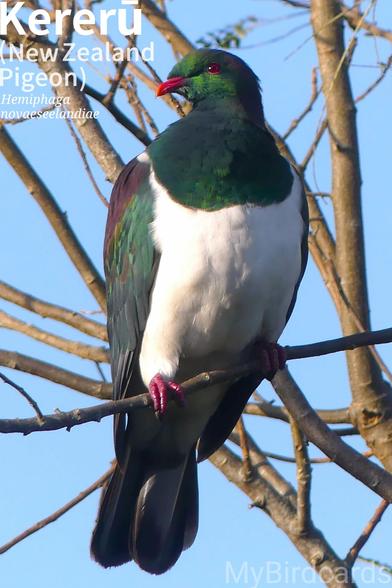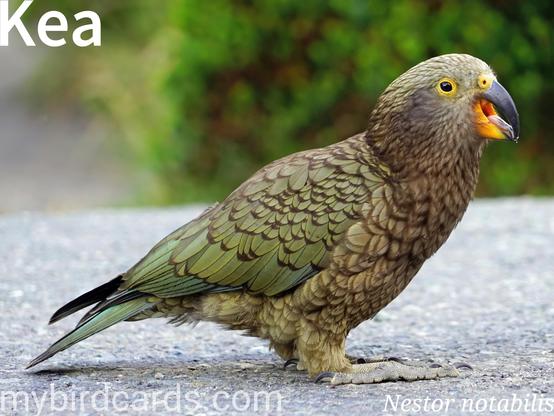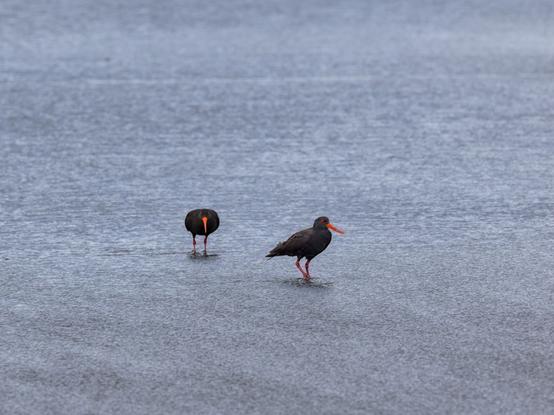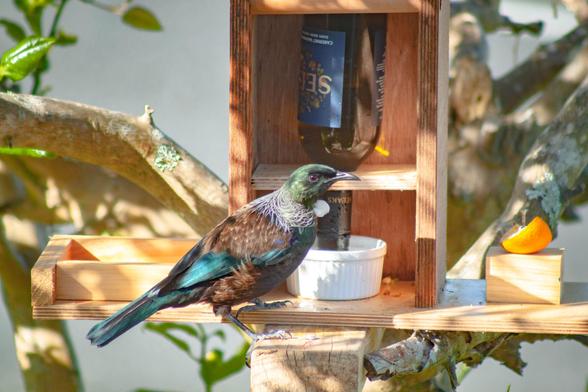New addition! 🌏 Kererū (Hemiphaga novaeseelandiae) #NewZealandBirds #AustralasianBirds | #Kererū #Kūkupa #NewZealandPigeon #WoodPigeon #HemiphagaNovaeseelandiae | #NewZealandPigeons #WoodPigeons #DoveFamily #Columbidae 📷: Photo by Manubird🦜 #MyBirdcards | #birdsoftheworld #birds
#NewZealandBirds
🌏 New Zealand Fantail (Rhipidura fuliginosa) #NewZealandBirds #AustralasianBirds | #NewZealandFantail #RhipiduraFuliginosa | #NewZealandFantails #Fantails #FantailFamily #PerchingBirds 📷: Photo by LorryM🦜 #MyBirdcards | #birdsoftheworld #birds
🌏 Silvereye (Zosterops lateralis) #AustralasianBirds #AustralianBirds #NewZealandBirds #MelanesianBirds | #Silvereye #WaxEye #Tauhou #ZosteropsLateralis | #Silvereyes #TypicalWhiteEyes #WhiteEyes #WhiteEyeFamily #PerchingBirds 📷: Photo by pen_ash🦜 #birdsoftheworld #birds
🌏 Kea (Nestor notabilis) #AustralasianBirds #NewZealandBirds | #Kea #NestorNotabilis | #NewZealandParrots #Parrots #ParrotFamily 📷: Photo by Barni1🦜 #birdsoftheworld #birds
Tiritiri Matangi, Aotearoa/New Zealand - February 2025
#bird #birds #NewZealandBirds #aotearoa #NewZealand #bellBird #Anthornis #AnthornisMelanura
Carters Beach, South Island, Aotearoa/New Zealand
#Aotearoa #NewZealand #bird #birds #NewZealandBirds # Oystercatcher #Haematopus #HaematopusUnicolor
Buller District, West Coast, Aotearoa/New Zealand - February 2025
#bird #birds #NewZealandBirds #aotearoa #kakaruwai #robin #southIslandRobin
Buller District, West Coast, Aotearoa/New Zealand - February 2025
#bird #birds #NewZealandBirds #aotearoa #kakaruwai #robin #southIslandRobin
New addition! 🌏 Red-billed gull, subadult (Chroicocephalus novaehollandiae scopulinus) #NewZealandBirds | #RedBilledGull #SilverGull #Seabirds #Shorebirds | Photo by Storme22k 🦜 #BirdsOfTheWorld #BOTW #birds
Feeder discovered!
.
#tui #newzeland #newzealandbirds #backyardbirds #birds
New whānau at The House.
.
#newzealand #tui #newzealandbirds #birds
🌏 Australasian swamphen (Porphyrio melanotus) #Australasianbirds #Australianbirds #NewZealandbirds #Indonesianbirds #NewGuineanbirds | #mybirdcards #birdcards #birds🦜 #BirdsOfMastodon #birds
Masked lapwing 🌏 #Australasianbirds #Australianbirds #NewGuineanbirds #NewZealandbirds | #mybirdcards #birdcards #birds🦜
Australasian gannet 🌏 #Australasianbirds #Australianbirds #NewZealandbirds | #mybirdcards #birdcards #birds🦜
New addition! ➡️ Tūī 🌏 #Australasianbirds #NewZealandbirds | #mybirdcards #birdcards #birds🪶
Australasian swamphen 🌏 #Australasianbirds #Australianbirds #NewZealandbirds #Indonesianbirds #NewGuineanbirds | #mybirdcards #birdcards #birds🪶





